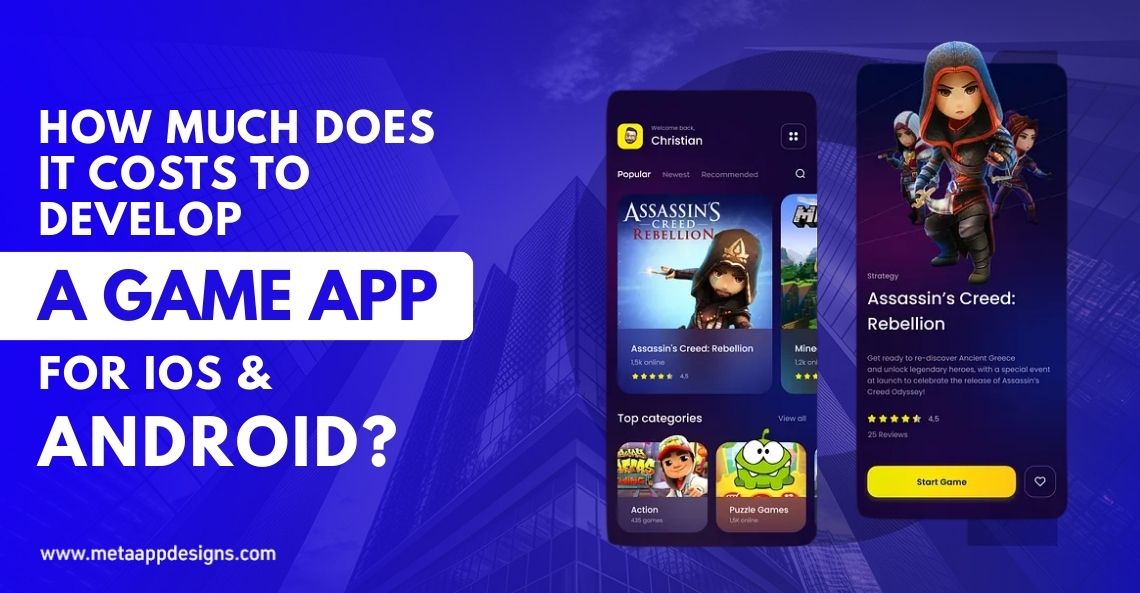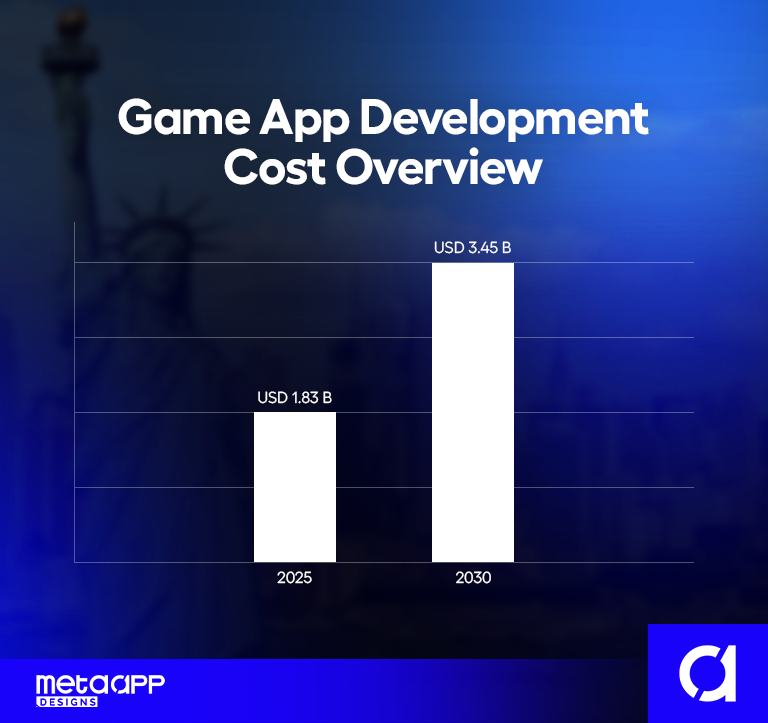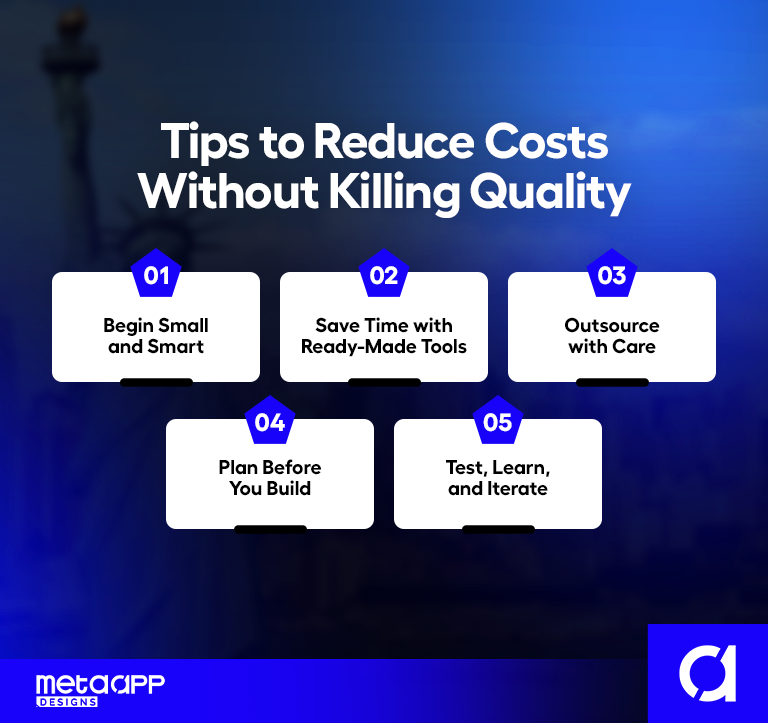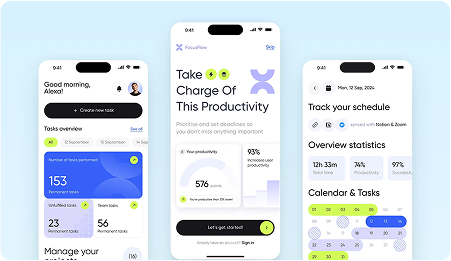
How Much Does It Cost to Develop a Game App for iOS & Android?
Think about your favorite game on your phone. It looks effortless, right? But behind the fun sits code, art, servers, and, yes, a serious budget. Mobile game development isn’t just about pressing “build”. But it’s planning, design, testing, and ongoing updates.
Thank you for reading this post, don't forget to subscribe!
So, do you dream of launching your own title? Then, knowing the real price matters. Whether you’re hiring Android game development services, iOS game development services, or a full mobile game app development company, understanding cost helps you plan smart.
So, this guide gives a quick, friendly tour of what drives the price to make a game app. Also, you’ll see how platform choices shape budgets, where hidden costs can be found, and how to maintain high quality without overspending. So, let’s gooo!
Game App Development Cost Overview
Table Of Content

When talking about the cost of making a mobile game? Well, folks picture a coder hammering away at a keyboard. But the real bill? That’s way bigger than just lines of code. Think of it as building a theme park, not just the rides. You’re paying for the blueprints. For instance, we mean concept planning, artwork, design, and animations. Also, the soundtrack. This means sound and effects. Lastly, we have testing and servers, and maintenance.
However, every new feature you add means more time, more talent, and yes. A bigger price tag.
So, the typical ballpark ranges look like this:
- Simple 2D casual game: from a few thousand dollars up to the low tens of thousands.
- Mid-level 3D or feature-rich 2D game: tens of thousands into the low six figures.
- Large multiplayer, AR/VR, or highly realistic 3D: six figures and above.
Platform choice also matters. Hence, android game development services must test on dozens of device types. Meanwhile, iOS game development services focus on fewer devices. But of course, stricter App Store rules. So, developing for both platforms? Basically, that doubles some efforts. But it can surely expand your audience.
So, knowing this overview helps you see why “how much to make a game app” is never a single number. But it’s a spectrum shaped by complexity and platform.
Key Factors That Influence Cost
Now, every mobile game looks simple once it’s on your phone. But the price tag behind it? That’s shaped by many moving parts. So, knowing these factors helps you budget smart and talk clearly with a mobile game app development company.
| Factor | What’s Included | Typical Cost Range (USD) | Notes / Cost Drivers |
| Game Scope & Features | Core mechanics, AI, physics, leaderboards, multiplayer logic | Small puzzle: $5k–$30k
Mid-scale 3D: $50k–$150k Complex multiplayer: $200k+ |
More mechanics = more coding, testing and QA hours |
| Visuals, Sound & Player Experience | Art style, characters, animations, UI/UX, soundtracks, voice acting | Simple 2D assets: $3k–$15k
Detailed 3D + custom audio: $30k–$100k+ |
Lifelike models, polished UX and pro audio drive costs up |
| Platform & Technology Choices | Android only, iOS only, or cross-platform; engine licensing (Unity, Unreal, Godot) | Extra platform adds ~30–50% to dev + QA costs | Cross-platform tools reduce but don’t erase duplication; licensing fees also add up |
| Team, Location & Workflow | Developer, artist and designer rates; project management | Indie team: $20–$60/hr
North America/Europe: $80–$200/hr |
Senior specialists cost more but can cut rework; clear workflows save money |
| Ongoing Infrastructure & Marketing | Servers for real-time play, cloud saves, bug fixes, updates, user acquisition campaigns | Servers: $500–$5k/month
Updates/marketing: $2k–$20k+ per campaign |
Costs continue post-launch; plan early for maintenance and promotion |
Step-by-Step Cost Breakdown
Now, game app budgets make more sense when you see them as stages. Instead of one big number. Basically, each phase of mobile game development has its own
- Work
- Time
- price tag
So, knowing this helps you compare Android game development services, iOS game development services, or a full mobile game app development company.
| Stage | What Happens | Typical Cost Range (USD) | Cost Drivers & Notes |
| Concept & Pre-Production | Idea definition, market research, workshops, early prototypes, documentation | $500 – $5,000+ (small)
$10k+ (large or in-depth research) |
More market studies or prototypes raise cost but cut expensive rework later |
| Art Direction & Experience Design | Wireframes, menus, characters, worlds, UI/UX flows | Simple 2D: $3k – $15k
Detailed 3D/custom animation: $30k – $100k+ |
Style choice is the biggest lever; polished UX and custom art push projects into the tens of thousands |
| Core Development & Technology Choices | Coding mechanics, integrating assets, building server features, engine licensing | Basic 2D: $10k – $30k
Mid-range: $50k – $150k High-end multiplayer: $200k+ |
Cross-platform tools can cut duplication; server features add recurring bills |
| Testing, QA & Platform Compliance | Bug-hunting, device compatibility, app-store prep (screenshots, trailers, ASO), Apple/Google fees | Small games: $2k – $10k
Large games: $20k+ Store fees: Apple $99/year, Google Play $25 one-time |
Android needs broader hardware testing; iOS stricter review cycles slow releases |
| Launch, Maintenance & Ongoing Support | Updates, bug fixes, server monitoring, new content, user acquisition campaigns | Servers: $500 – $5k/month
Updates/marketing: $2k – $20k+ per campaign |
Plan these expenses early so post-launch cash flow isn’t a surprise |
Cost by Game Genre / Type
Not every game sits in the same price lane. Basically, the type of game you build shapes the entire budget for mobile game development.
Hence, if you know all this? Well, you can talk clearly with any mobile game app development company. So, let’s jot it all down!
| Game Genre / Type | Typical Features | Estimated Development Cost Range | Key Cost Drivers |
| Casual / Hyper-Casual 2D Games | Simple puzzles, match-3, endless runners | US $5,000 – $40,000 (depending on polish & platform count) | Small art sets, light code, limited testing |
| 3D Offline Games | Single-player 3D environments, richer animation | US $50,000 – $150,000+ | High-fidelity art & animation, optimization for devices |
| Multiplayer / Online Games | Real-time servers, matchmaking, chat systems | US $100,000 – $500,000+ plus ongoing server fees | Network coding, server infrastructure, anti-cheat, scalability |
| AR / VR Games | Augmented or virtual reality interactions, special hardware support | US $150,000 – $500,000+ | Unique design, device compatibility, extensive testing |
| Indie vs. Big Studio Projects | Indie teams often reuse assets; big studios build everything custom | Indie: $5,000 – $50,000
AAA-style: $250,000+ |
Team size, asset source, marketing spend, production pipeline |
So, choosing the right genre early can save time and money when you make a game app.
How Platform Choice (Android vs. iOS) Affects Cost

Now, let’s get one thing straight! Basically, choosing a platform isn’t just a marketing decision. But it shapes the whole budget of mobile game development. Android game development services and iOS game development services come with different
- Rules
- Tools
- hidden
So, let’s unveil all that!
1. Store fees and review rules
Firstly, Apple charges $99 per year per developer and runs a strict review process. Google Play charges a one-time $25 fee but offers a faster review cycle. So, complying with Apple’s guidelines may mean extra development hours.
2. Device diversity
Also, Android has thousands of device models. So, testing across that many screens, processors, and OS versions? Of course, it takes longer and costs more. iOS covers fewer devices, but each must pass Apple’s high-performance standards.
3. Development tools and ecosystems
Additionally, Apple’s Xcode is optimized for iOS. Android Studio targets Android. Using a cross-platform engine can reduce duplicate work but may limit access to some native features.
4. Market reach and monetization
Lastly, Android reaches more global users. But with varied spending habits. However, iOS users often spend more per app. So, balancing these factors is vital when you make a game app for both platforms.
So, planning for these differences early helps a mobile game app development company keep its budget under control.
Tips to Reduce Costs Without Killing Quality

Basically, mobile game development doesn’t have to drain every cent. You just need to have smart planning and the right partners. Furthermore, that can stretch your budget. But without sacrificing quality. So, these tips work whether you hire Android game development services, iOS game development services, or a full mobile game app development company.
1. Begin Small and Smart
Firstly, start with an MVP. But one that focuses on your core fun mechanic. So, by resisting the urge to pile on features. This way,
- You get to test the waters
- It helps you get early feedback
- You only invest in extras once players actually respond
Basically, this keeps development lean and your budget under control.
2. Save Time with Ready-Made Tools
Secondly, using pre-built assets and cross-platform engines? Basically, that can dramatically speed up production. Art, sound, and code templates from asset stores? Surely, they reduce custom work. Meanwhile, engines like Unity allow you to build once. But deploy everywhere.
Together, these shortcuts cut costs without cutting quality, as long as you check licenses and maintain standards.
3. Outsource with Care
Moreover, freelancers and external studios can be a cost-effective extension of your team. Yup! But only if you vet them properly. So, make sure to look at past work. Also, checking references and setting clear expectations upfront helps you avoid expensive rework later. Good for you!
Treated carefully, outsourcing becomes an asset rather than a liability.
4. Plan Before You Build
Also, detailed documentation isn’t glamorous. But actually, it’s the glue that holds a project together. Laying out your scope, milestones, and responsibilities. But do that at the start. Because that prevents scope creep and keeps everyone aligned. Also, it minimizes unpleasant surprises down the road.
5. Test, Learn, and Iterate
Catching bugs early costs far less than. Rather than fixing them after launch. So, build testing into your workflow. But from day one. Pair that with analytics to watch real user behavior. And improve in updates. Instead of cramming every feature up front.
Basically, this cycle of testing and learning keeps quality high. And your game is affordable at the same time.

Sample Cost Scenarios
It’s easier to picture budgets when you see real-life style examples. Basically, these fictional cases show how a mobile game app development company might estimate costs using Android game development services and iOS game development services.
Scenario 1: Simple 2D puzzle for Android only
So, imagine a solo developer wants a bright, fun puzzle app. But with a few levels and ads for revenue. Using pre-made art and templates, the project costs around $8k–$15k.
So, testing is limited to popular Android devices.
Scenario 2: Mid-range 3D game for both platforms
Secondly, a small studio plans a 3D adventure with in-app purchases. But it uses Unity to build for Android and iOS at once. Then, the custom art and UI push the cost into $60k–$120k.
QA covers multiple Android devices and all current iPhones.
Scenario 3: Multiplayer online 3D game with servers
Lastly, a larger company wants a cross-platform multiplayer world with
- Chat
- Leaderboards
- live updates
So, that means the
- Backend servers
- Security
- ongoing maintenance
Basically, these all add up. Hence, the budgets will easily cross $200k upfront plus thousands per month for servers and updates.
Conclusion
In short, mobile game development costs depend on many linked parts. So, from concept to launch, every stage adds time, talent, and money. Therefore, knowing these cost drivers early lets you plan wisely. Moreover, choosing the right platform, tools, and team helps you save without cutting quality. As a result, you can make a game app with fewer surprises and better results. Finally, by working with an experienced mobile game app development company such as Meta App Designs, you gain clear estimates and expert guidance for Android and iOS projects.
Frequently Asked Questions
A simple 2D game may take 2–4 months. A complex 3D or multiplayer game can take 6–12 months or more.
Complexity, custom art, backend servers, and platform choice all add time and labor, which increase costs.
Android game development services often cost more in testing. iOS game development services face stricter rules. Overall cost depends on features.
- make a game app
- mobile game app development company
- Mobile Game Development
- mobile game development services
Table Of Content






